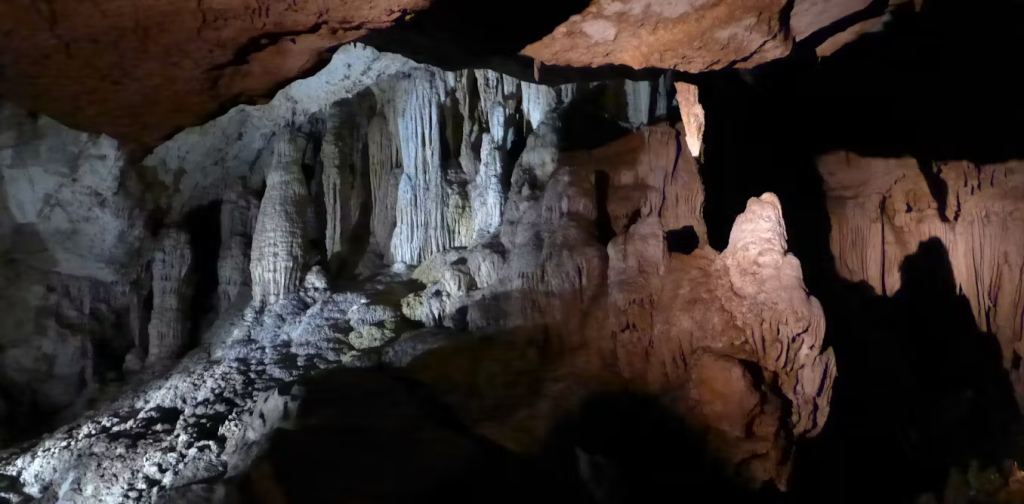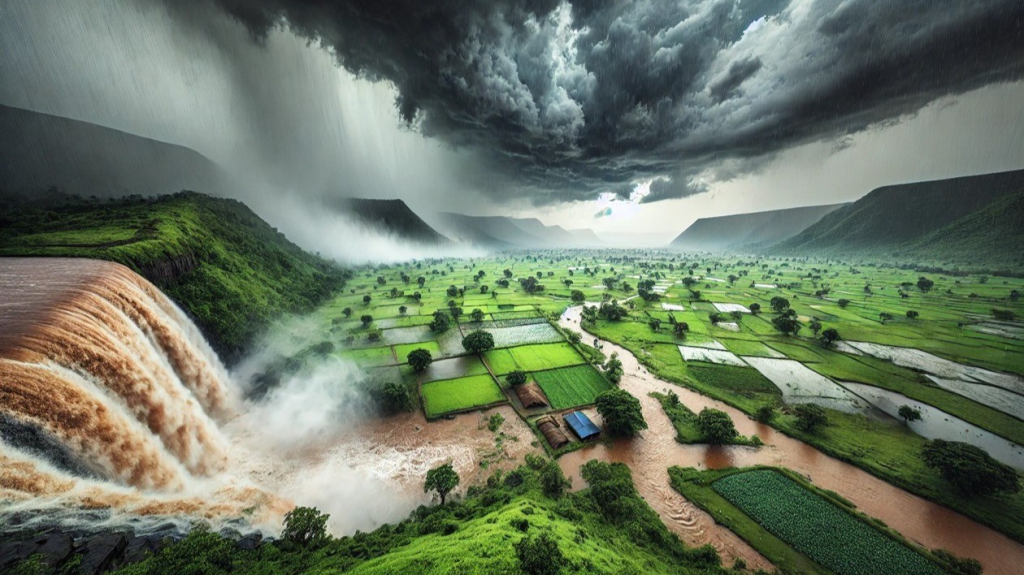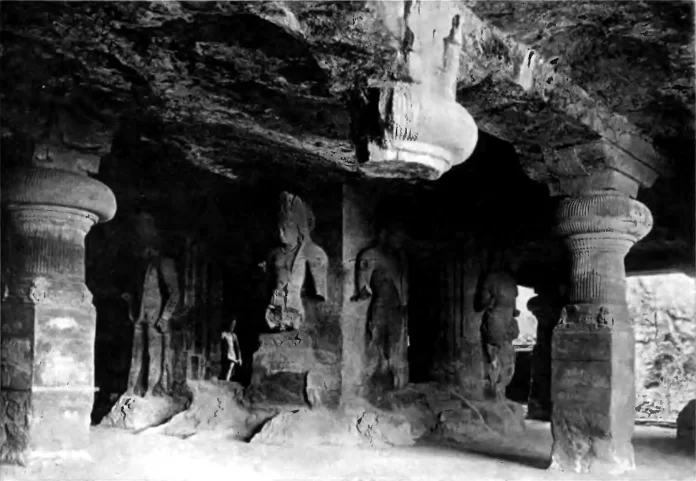Hidden in a remote cave in northeast India, stalagmites have been silently recording rainfall history for over 1,000 years. The layers of calcium carbonate carry a cautionary tale of severe and long-lasting droughts that could potentially occur in the future. A study published in the Proceedings of the National Academy of Sciences unveils the most precise chronology of the Indian monsoon during the last millennium, revealing the frequency of droughts unlike any witnessed in the last 150 years. These drought periods are in sync with historical records of famine, mass mortality, and geopolitical transformations in the region. The study even explains how the most severe 30-year drought period of the millennium coincided with the decline of the Mughal Empire and India’s textile industries in the 1780s and 1790s. The findings of this research warn us of the potential consequences of prolonged droughts in the future.

Implications for Future Water Planning
The 1630-1632 Deccan famine, considered one of India’s deadliest droughts, claimed the lives of millions due to crop failures. The famine also coincided with the abandonment of Fatehpur Sikri, the grand Mughal capital, and the collapse of the Guge Kingdom in western Tibet. These events highlight the devastating consequences of prolonged droughts in the region. As India, with its extensive monsoon-dependent agriculture, is set to become the world’s most populated country, our study’s findings hold crucial implications for water planning in a warming world. The lessons from history urge policymakers to prepare for potential future droughts and mitigate their impacts on vulnerable populations. Indian Cave
Monsoon’s record and India’s Water Resources
Although scientists have been measuring India’s monsoon rainfall since the 1870s, only one of the 27 regionally widespread droughts experienced since then was a consecutive three-year drought or worse. This apparent stability of the monsoon could lead one to believe that frequent and prolonged droughts are not inherent aspects of its variability. However, evidence from stalagmites over the past 1,000 years suggests otherwise. The short instrumental period doesn’t fully capture the Indian monsoon’s variability, raising concerns about current water resource infrastructure and sustainability policies. This research highlights the need to consider the monsoon’s history for future water resource planning and mitigation policies. Indian Cave

Decoding a Region’s Monsoon History Through Stalagmites Stalagmites, cone-shaped structures that grow slowly from the ground up, provide a glimpse into a region’s monsoon history. Researchers analyzed stalagmites from Mawmluh cave in Meghalaya, one of the wettest locations in the world, to reconstruct past variations in rainfall. Stalagmites contain minute amounts of uranium and other elements that were acquired as rainwater infiltrated the rocks and soil above the cave.
Uranium trapped in stalagmites decays into thorium at a predictable pace, allowing scientists to determine the age of each growth layer by measuring the ratio of uranium to thorium. The oxygen isotope ratios of percolating rainwater that seeps into the cave are also locked into the stalagmite’s structure as it grows, providing clues about the strength of monsoon intensity at the time the stalagmite formed. Variations in oxygen isotope ratios in rainwater, and consequently in stalagmites, track changes in the relative abundance of different moisture sources that contribute to summer monsoon rainfall. Indian Cave
While paleoclimate records can reveal what happened in the past, they may not always explain how or why it occurred. Despite identifying protracted droughts in the past, the cause of such events remains unclear. Studies using ice cores, tree rings, and other caves in the Himalayas have encountered similar challenges.
To overcome this, the researchers plan to work with climate modelers to conduct proxy-modeling studies. This approach combines the information from the paleoclimate records with climate modeling to gain deeper insights into the climate dynamics that caused and maintained prolonged droughts in the past millennium.

